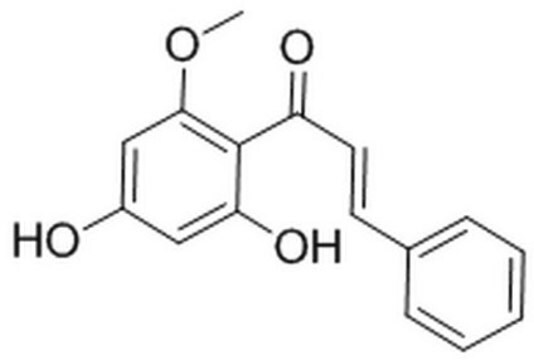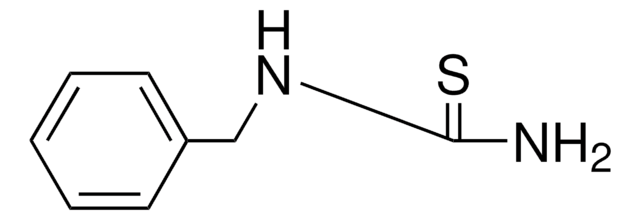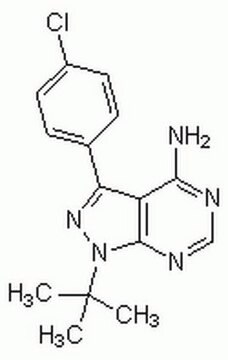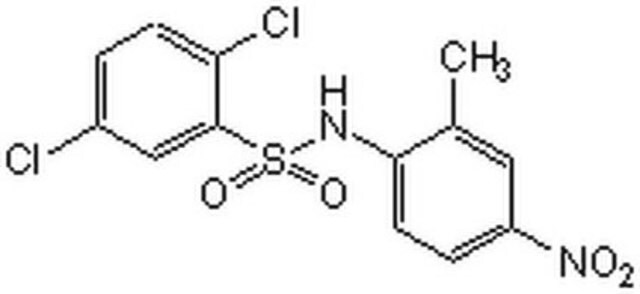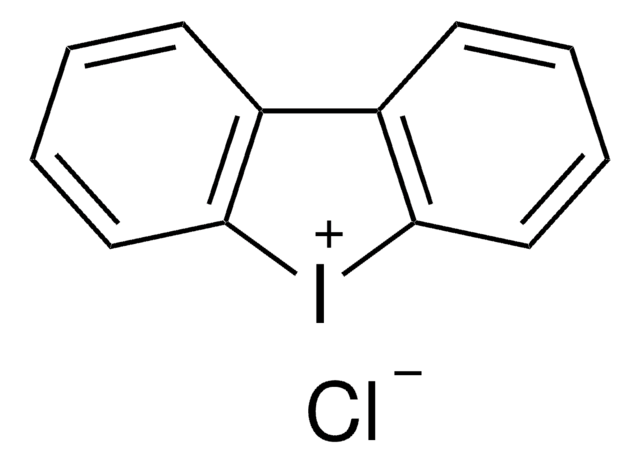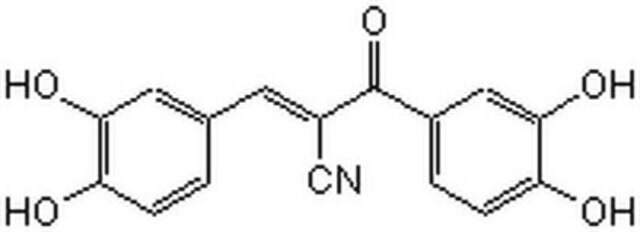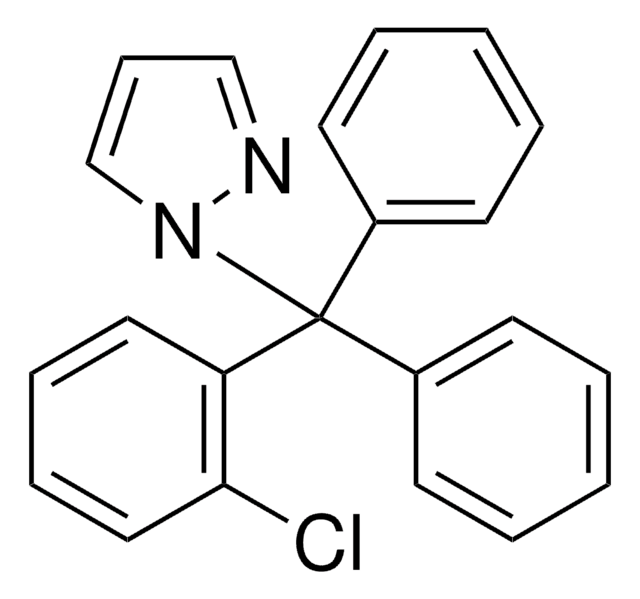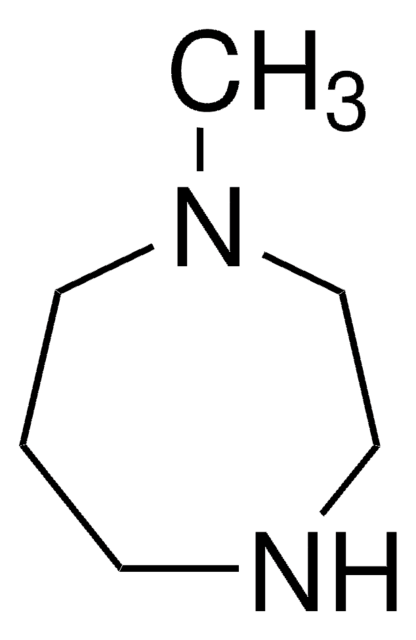SML0211
iCRT3
Synonym(s):
2-[[[2-(4-ethylphenyl)-5-methyl-4-oxazolyl]methyl]thio]-N-(2-phenylethyl)acetamide
About This Item
Recommended Products
Assay
≥98% (HPLC)
Quality Level
form
powder
storage condition
desiccated
color
white to tan
solubility
DMSO: ≥5 mg/mL
storage temp.
2-8°C
SMILES string
CCc1ccc(cc1)-c2nc(CSCC(=O)NCCc3ccccc3)c(C)o2
InChI
1S/C23H26N2O2S/c1-3-18-9-11-20(12-10-18)23-25-21(17(2)27-23)15-28-16-22(26)24-14-13-19-7-5-4-6-8-19/h4-12H,3,13-16H2,1-2H3,(H,24,26)
InChI key
QTDYVSIBWGVBKU-UHFFFAOYSA-N
General description
Application
- for β- catenin inhibition in dual luciferase assay
- to inhibit β-catenin /TCF interactions and their transcriptional activity
- as wingless/tailess (wnt) antagonist, to determine Wnt/β-catenin signaling is essential for PROX1-mediated regulation of forkhead box protein C2 (FOXC2)(3)catenin inhibition in dual luciferase assay
- to inhibit β- catenin /TCF interactions and their transcriptional activity
- as wingless/tailess (wnt) antagonist, to determine Wnt/β-catenin signaling is essential for PROX1-mediated regulation of forkhead box protein C2 (FOXC2)
Biochem/physiol Actions
Storage Class Code
11 - Combustible Solids
WGK
WGK 3
Regulatory Listings
Regulatory Listings are mainly provided for chemical products. Only limited information can be provided here for non-chemical products. No entry means none of the components are listed. It is the user’s obligation to ensure the safe and legal use of the product.
JAN Code
SML0211-BULK:
SML0211-VAR:
SML0211-25MG:
SML0211-5MG:
SML0211-IP:
Choose from one of the most recent versions:
Certificates of Analysis (COA)
Don't see the Right Version?
If you require a particular version, you can look up a specific certificate by the Lot or Batch number.
Already Own This Product?
Find documentation for the products that you have recently purchased in the Document Library.
Our team of scientists has experience in all areas of research including Life Science, Material Science, Chemical Synthesis, Chromatography, Analytical and many others.
Contact Technical Service